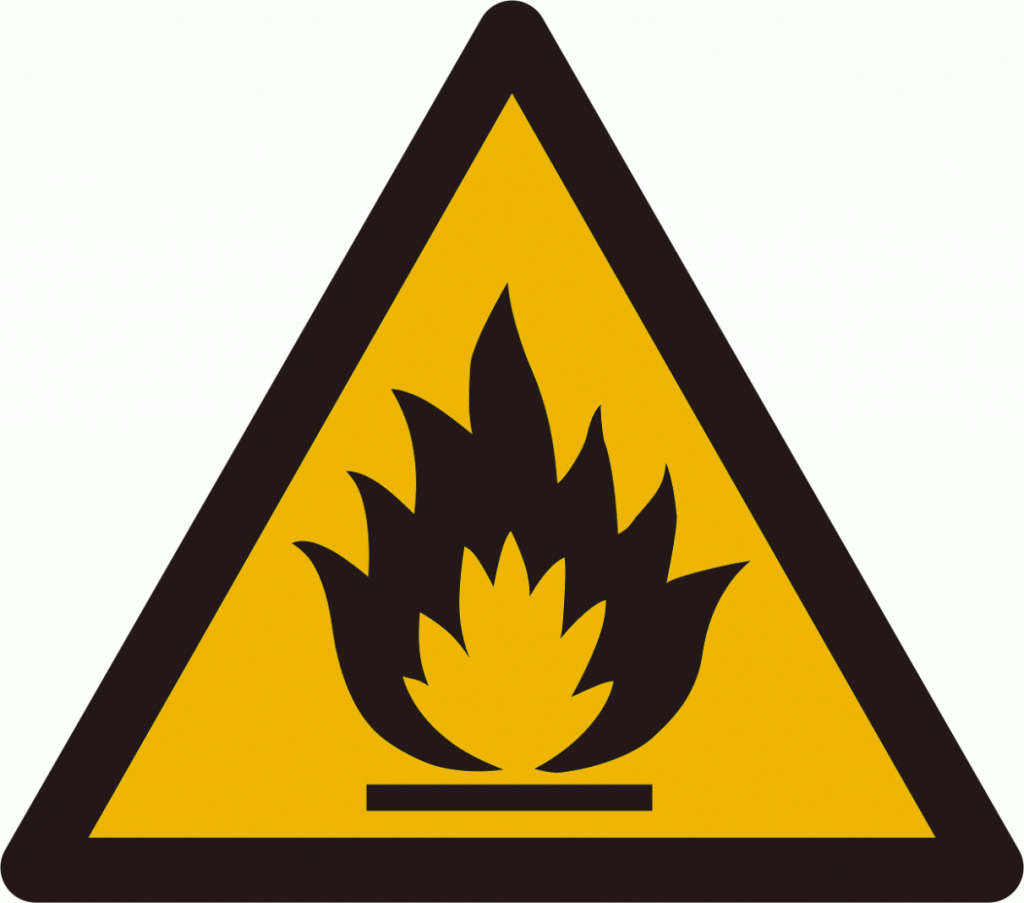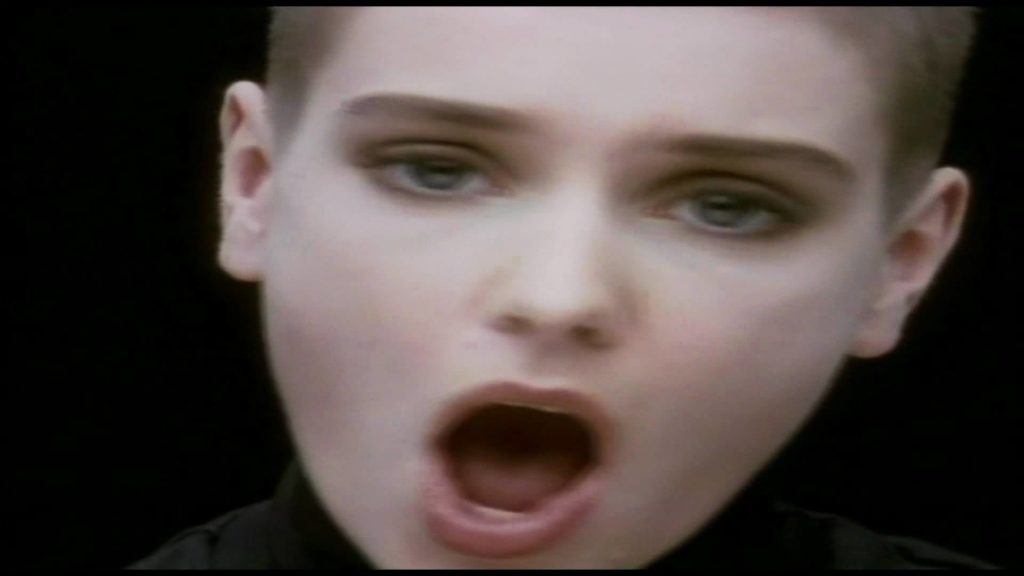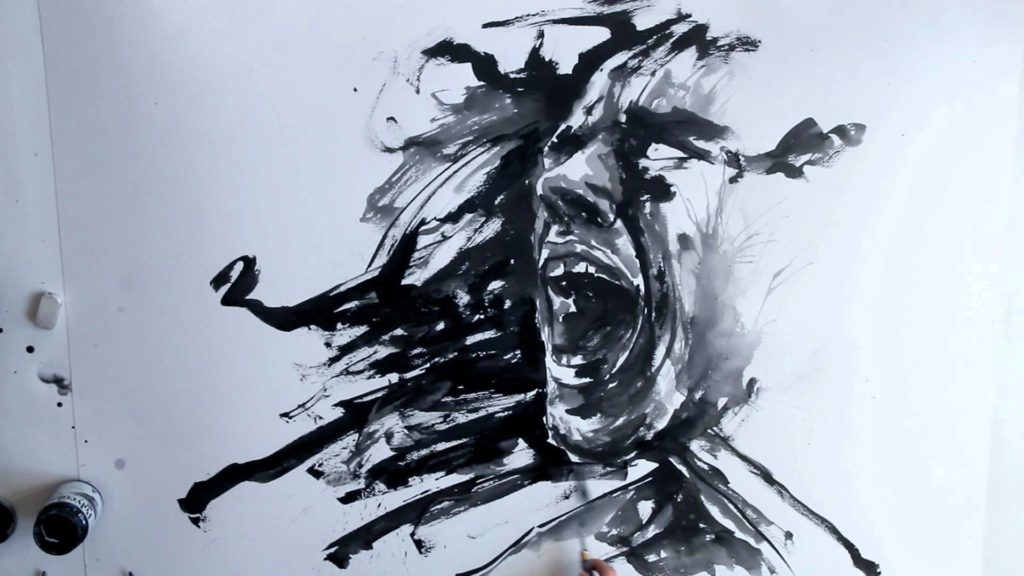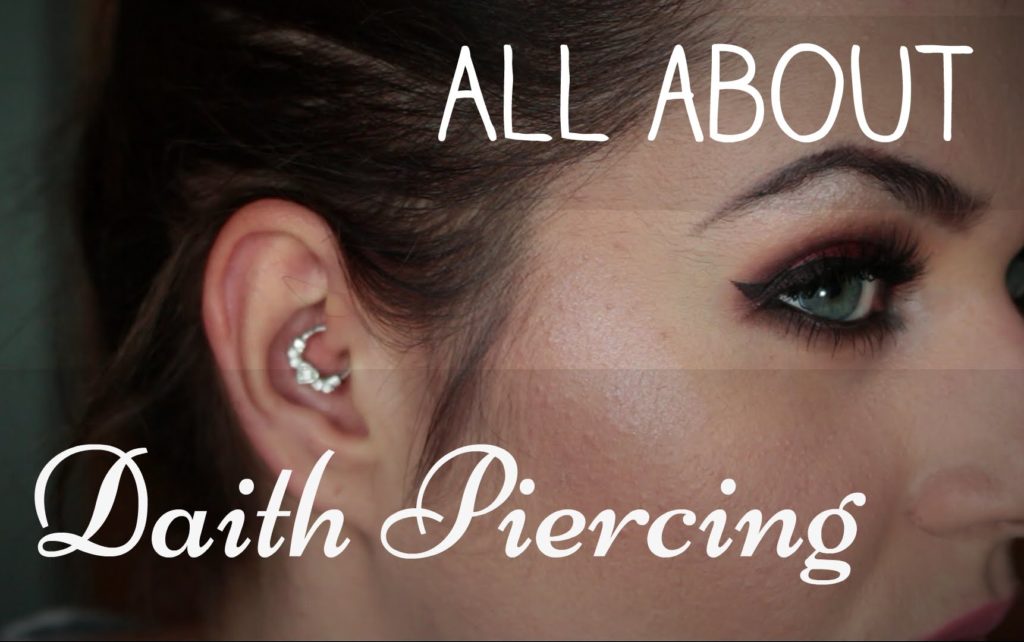1. Relaxing after stress
You put in 10-hour days from Monday to Friday and you feel fine, only to wake up after a lie-in on Saturday with a pounding headache. Why is that?
It’s because as the tension of the week subsides, your levels of stress hormones drop, which causes a rapid release of neurotransmitters (the brain’s chemical messengers). These send out impulses to blood vessels to constrict and then dilate, which causes a headache.
How to fix it: Avoid the temptation to sleep in at weekends. More than eight hours’ sleep at a time can bring on a headache. Introduce some relaxation time, such as a yoga class, into your working week, rather than squeezing it all into the weekend.
2. Pent-up anger
When you’re angry, muscles in the back of your neck and scalp tense up, causing a tight band-like sensation around your head. This is a sign of a tension headache.
How to fix it: When you start feeling angry, breathe deeply and slowly. Breathe in through your nose and out through your mouth, This should relax your head and neck muscles.
Read more about how to control your anger.
3. Poor posture
Poor posture causes tension in your upper back, neck and shoulders, which can lead to a headache. Typically, the pain throbs in the base of the skull and sometimes flashes into the face, especially the forehead.
How to fix it: Avoid sitting or standing in one position for a long period of time. Sit up straight and support your lower back. Consider using a special headset if you spend a lot of time on the phone, as holding a handset between your head and shoulder can strain muscles and cause headaches.
You could also see a physical therapist, such as an osteopath or Alexander technique practitioner. They may be able to help you identify and correct any posture problems.
Read more about osteopathy and the Alexander technique.
4. Perfume
If you think housework is giving you a headache, you could be right. Household cleaners, along with perfumes and fragranced air fresheners, contain chemicals that can bring on headaches.
How to fix it: If you’re susceptible to headaches brought on by certain smells, avoid heavy perfumes and strong-smelling soaps, shampoos and conditioners. Use fragrance-free air fresheners and household cleaners, and keep your doors and windows open as much as possible at home. If a colleague’s perfume is bothering you, put a fan on your desk at work.
5. Bad weather
If you’re prone to getting headaches, you could find that grey skies, high humidity, rising temperatures and storms can all bring on head pain.
Pressure changes that cause weather changes are thought to trigger chemical and electrical changes in the brain. This irritates nerves, leading to a headache.
How to fix it: There’s not much you can do to change the weather. However, by looking at the forecast, you can predict when you’re likely to have a headache and take a preventative painkiller a day or two in advance.
Check the weather forecast here.
6. Grinding teeth
Grinding your teeth at night (the medical name is bruxism) makes your jaw muscle contract, causing a dull headache.
How to fix it: Your dentist can fit you with a mouth guard to protect your teeth while you sleep. They cost around £50.
Read more about teeth grinding.
7. Bright lights
Bright lights and glare, especially if flickering, can induce migraines. This is because bright and flickering lights boost the levels of certain chemicals in the brain, which then activate the migraine centre.
How to fix it: Sunglasses are great at reducing light intensity, and you can wear them inside and outside. Polarised lenses can also help to reduce glare.
At work, adjust your computer monitor or attach a glare screen. You may be able to turn off certain lights or move them. If you can’t, change where you sit in the office. Fluorescent lighting tends to flicker, so if you’re able to, substitute it with some other form of lighting.
8. Food triggers
Your turkey and cheese sandwich and small bar of dark chocolate might be a tasty lunch, but beware of the headache that could follow it. All these foods contain chemicals that can bring on a migraine. Other culprits include aged cheeses like stilton and brie, diet fizzy drinks, and processed meats and fish.
How to fix it: Keep a migraine trigger diary and once you suspect a certain food may be the cause of your headaches, eliminate it from your diet for a couple of months to see if you get fewer headaches.
If you’re concerned about avoiding any food-related trigger factor, see your GP or practice nurse or ask to be referred to a dietician for specialist advice.
Remember to eat regularly, because skipping meals can bring on a headache.
The Migraine Trust offers an online migraine trigger diary here.
9. Sex headaches
It’s a standing joke that headaches are used as an excuse to avoid sex, but for many men and women coital headaches that come on at the height of passion are a real and distressing problem.
Doctors think sex headaches are due to pressure building up in the head and neck muscles. The headaches can happen during foreplay or just before orgasm, and can last for a few minutes or up to an hour.
How to fix it: They’re inconvenient, but these headaches are usually harmless and don’t mean you have to avoid sex. Take a painkiller a few hours beforehand to block the headache.
10. Ice cream
Do you get a sharp, stabbing pain in your forehead when you bite into an ice cream cone? Then you’re susceptible to ice cream headaches, caused by cold material moving across the roof of your mouth and the back of your throat. Ice lollies and slushy frozen drinks have the same effect.
How to fix it: The good news is that ice cream headaches don’t need treatment. In fact, they’re over in a flash, rarely lasting more than a minute or two.




